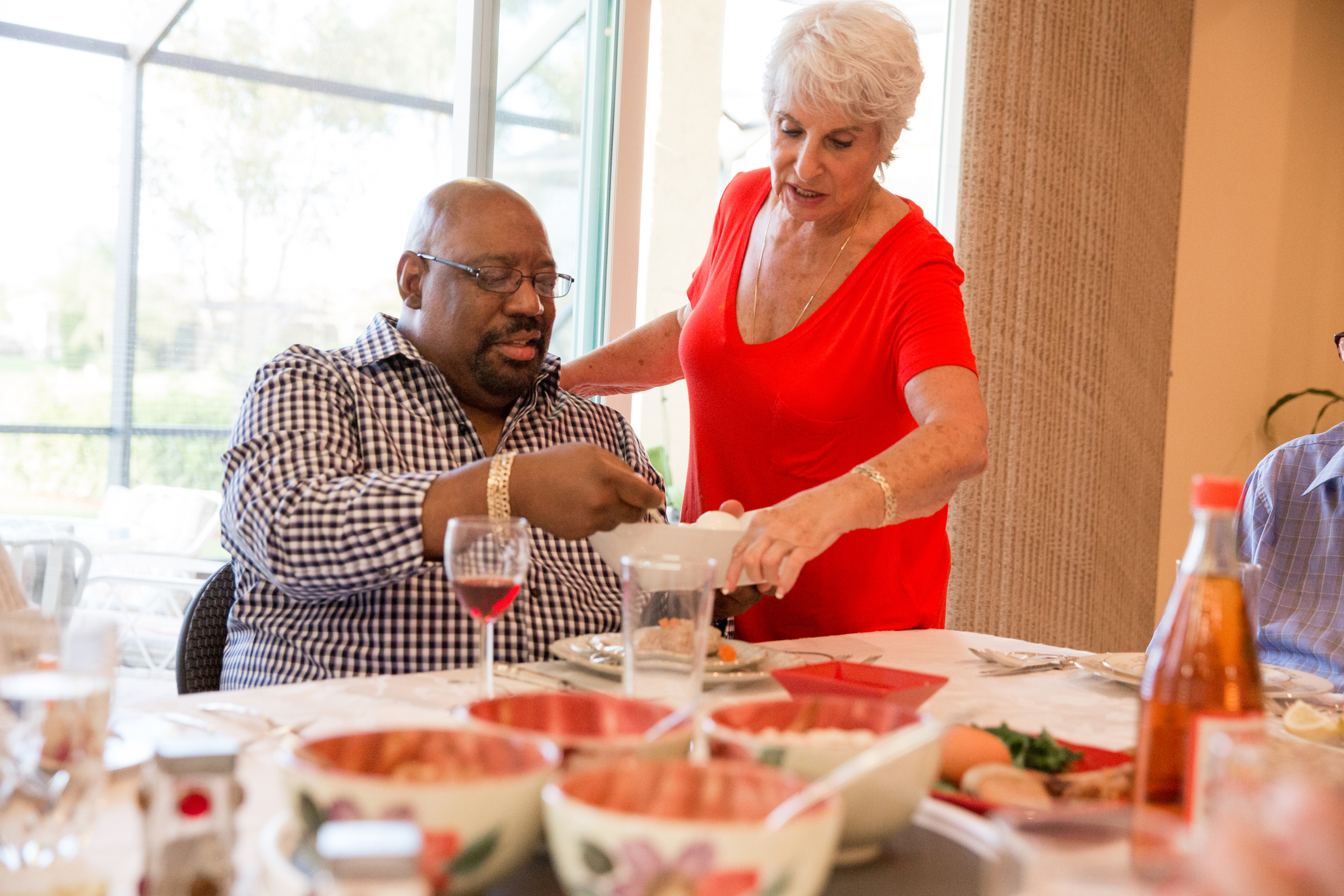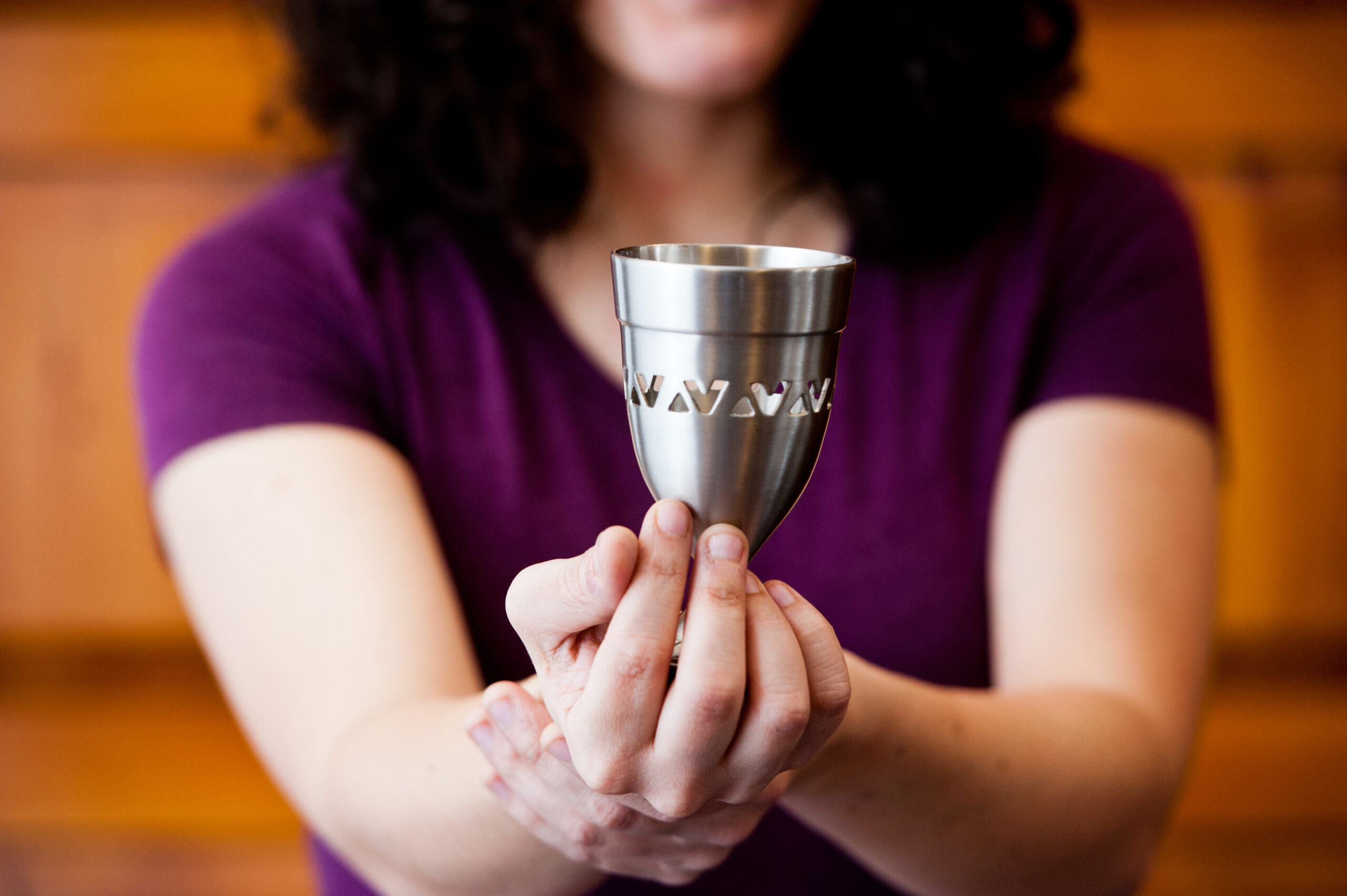We begin our seder with Kos Miryam, Miriam’s Cup, symbolically filled with mayyim hayyim, living waters from Miriam’s Well. Elijah’s Cup, of which we speak at the end of the seder, represents our future redemption, when peace will fill the world. Miriam’s Cup represents our past redemption, when our people were brought out of Egypt and delivered from slavery.
Miriam’s Well was said to hold Divine power to heal, sustain, and renew. It became a special source of transformation for a people leaving slavery to form a new identity. Throughout our journey as a people, we have sought to rediscover these living waters for ourselves. With this cup of clear spring water, we remember God’s gift of living waters from Miriam’s Well.
Tonight at our seder, we continue this journey. Just as the Holy One delivered Miriam and her people, just as they were sustained in the desert and transformed into a new people, so may we be delivered, sustained and transformed on our own journey to a stronger sense of ourselves as individuals and as one community. May the living waters of Miriam’s Well nourish us and give us inspiration as we embark on our journey through the haggadah.
(lift cup)
Reader:
Zot Kos Miryam, Kos Mayyim Hayyim.
Zakheir l’tzi-at Mitzrayim.
This is the Cup of Miriam, the Cup of Living Waters.
Let us remember the going out from Egypt.
All:
These are the living waters, God’s gift to Miriam, which gave new life
to Israel as we struggled with ourselves in the wilderness.
Blessed are You God, Who brings us from the narrows into the wilderness, sustains us with endless possibilities, and enables us to reach a new place.
(blessing for drinking water)
Barukh Atah Adonay, Eloheynu Melekh ha-Olam, she-ha-kol n’hi-ye bi-d’varo
Blessed are You Yah our God, Majestic Spirit of the Universe, by Whose word everything is created.
(drink)
© 1990 Kol Isha (Matia Rania Angelou, Janet Berkenfield, Stephanie Loo)
May be used, but not sold, by notifying Kol Isha in writing at PO Box 132, Wayland, MA, 01778.
Please include this copyright on all copies.












